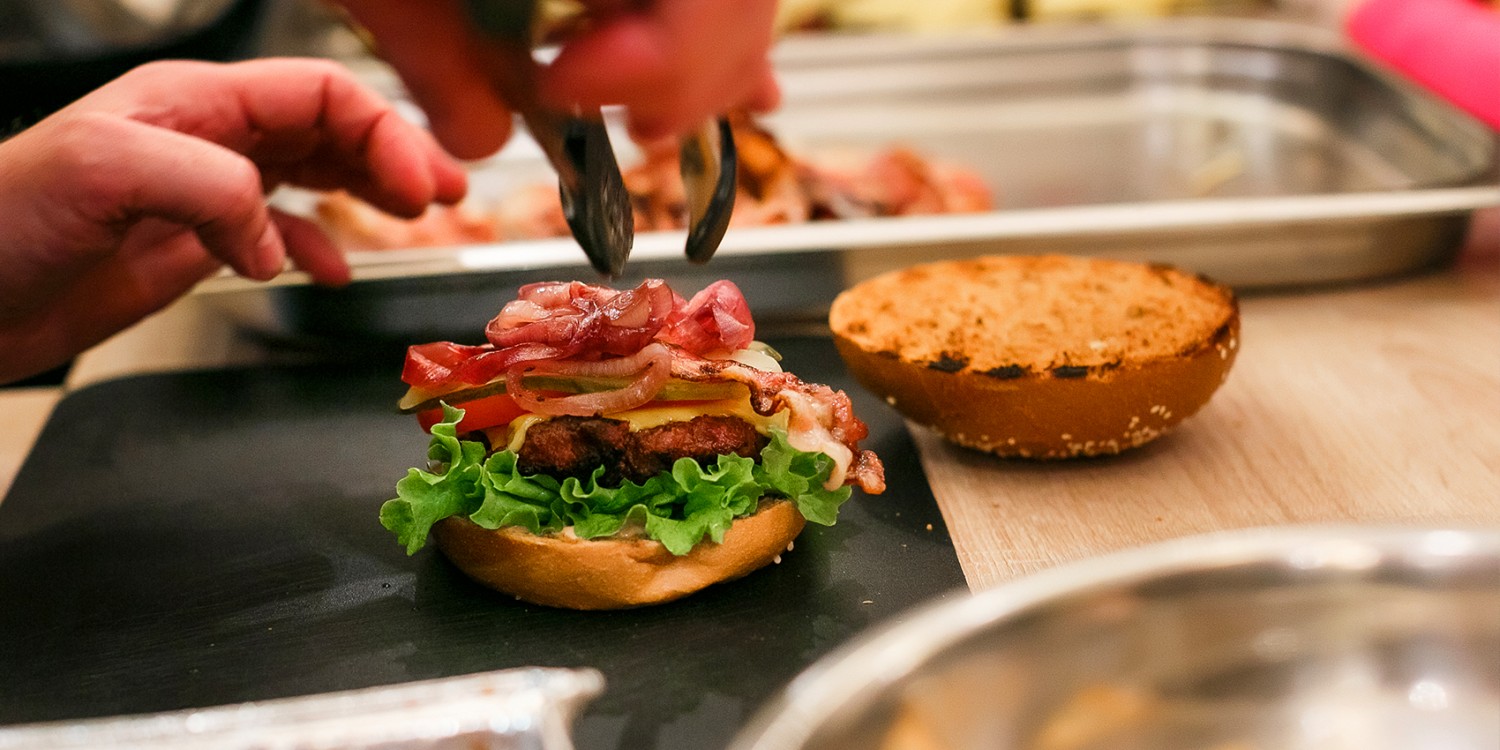
Ghost Kitchens: The Good, the Bad, and the Spooky
This article was guest written by Chef Liam.
The restaurant world was turned upside down and inside out during ‘peak pandemic’. During this period of mass disruption, the dark kitchen (or ghost kitchen) kept a lot of businesses afloat when they couldn’t have people at tables.
There is no denying the numbers, ghost kitchens are on the rise. 51% of restaurateurs have shifted to ghost or virtual kitchens in the U.S. 1 We see similar disruption in Australia and New Zealand.
In part one of this two-article series, (read it here) we explored how to set up a ghost kitchen. In this article, we will explore the upsides and downsides of shifting from bricks and mortar to ones and zeroes.
Positives to ghost kitchen's
- Low Overhead: A primary benefit of a dark kitchen is reduced operational costs. Both to get up and running and to keep the business going. Traditional restaurants must pay rent on a storefront, maintain a dining area, and hire staff to manage the front of the house. In contrast, dark kitchens can operate in smaller, less expensive spaces focusing solely on kitchen operations. This translates to lower rent and utility bills as well as reduced staffing costs.
- Faster launch: Restaurants often have a theme component, which means either purpose-building or renovating an existing site. If the only people who see your new operation are delivery drivers, the need for aesthetics drops dramatically.
- Focus on food: Ghost kitchens allow chefs to explore their craft, focus their menu and connect directly with and get valuable feedback from customers.
- Agile menus: Using data analytics, you can identify popular dishes and adjust menus accordingly. You can also experiment with new recipes and offerings without the risk of alienating your existing customer base. This flexibility lets owners offer new and exciting options to customers.
- Greater flexibility and scalability: Since these kitchens do not require a physical storefront, they can be set up in various locations, depending on demand. This means you can operate multiple kitchens in different areas without worrying about the costs of opening new storefronts.
- Environmental benefits: Dark kitchens can streamline their operations and reduce waste. For example, they can optimise their inventory management systems to reduce food waste and use reusable packaging to reduce the amount of single-use plastics in circulation.

But, as every physics student knows, we can’t have an upside with a downside. These downsides are, in and of themselves, upsides, as they allow owners to pivot their traditional restaurant behaviour.
common difficulties with dark kitchens
- Harder to build customer relationships: Instead of face-to-face interactions, look for ways to reach people where they’re ordering: on their devices. Creating thoughtful, personable content and providing discounts or loyalty programs will help you engage with and retain customers.
- Managing expectations: Educating your patrons on the value and simplicity of this newfound virtual kitchen style instead of the ‘full service' restaurant experience to which they are accustomed.
- Lack of a physical storefront: Your restaurant is often your biggest marketing tool. It’s like a billboard filled with customers. This means you don’t have any walk-in business, and you’re not part of a neighbourhood like a brick-and-mortar restaurant.
- Reliance on delivery platforms: You don’t want to rely entirely on the business coming through Uber Eats, DoorDash, etc. Your own digital ordering and delivery (or pick-up) portal is vital.
Where are ghost kitchens heading from here?
Matt Newberg, founder of HNGRY.tv predicts that there will only be two types of dining experiences in the future:
(1) those on a special occasion; and
(2) those had out of convenience, which will be dominated by delivery. 2
We’ll see, the dark kitchen is still a relatively new trend, and while customers love the novel, they often yearn to return to what they know.
References:
